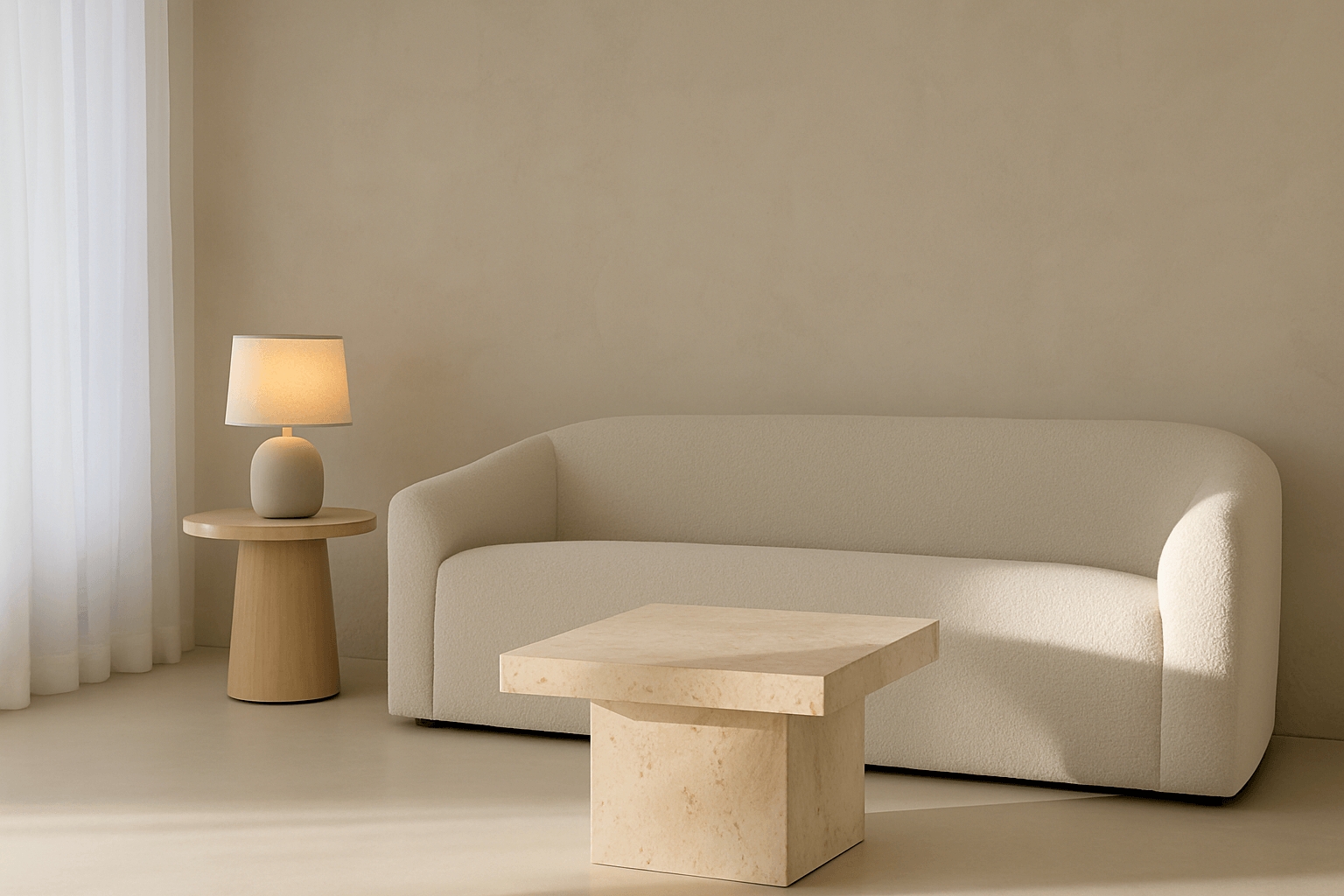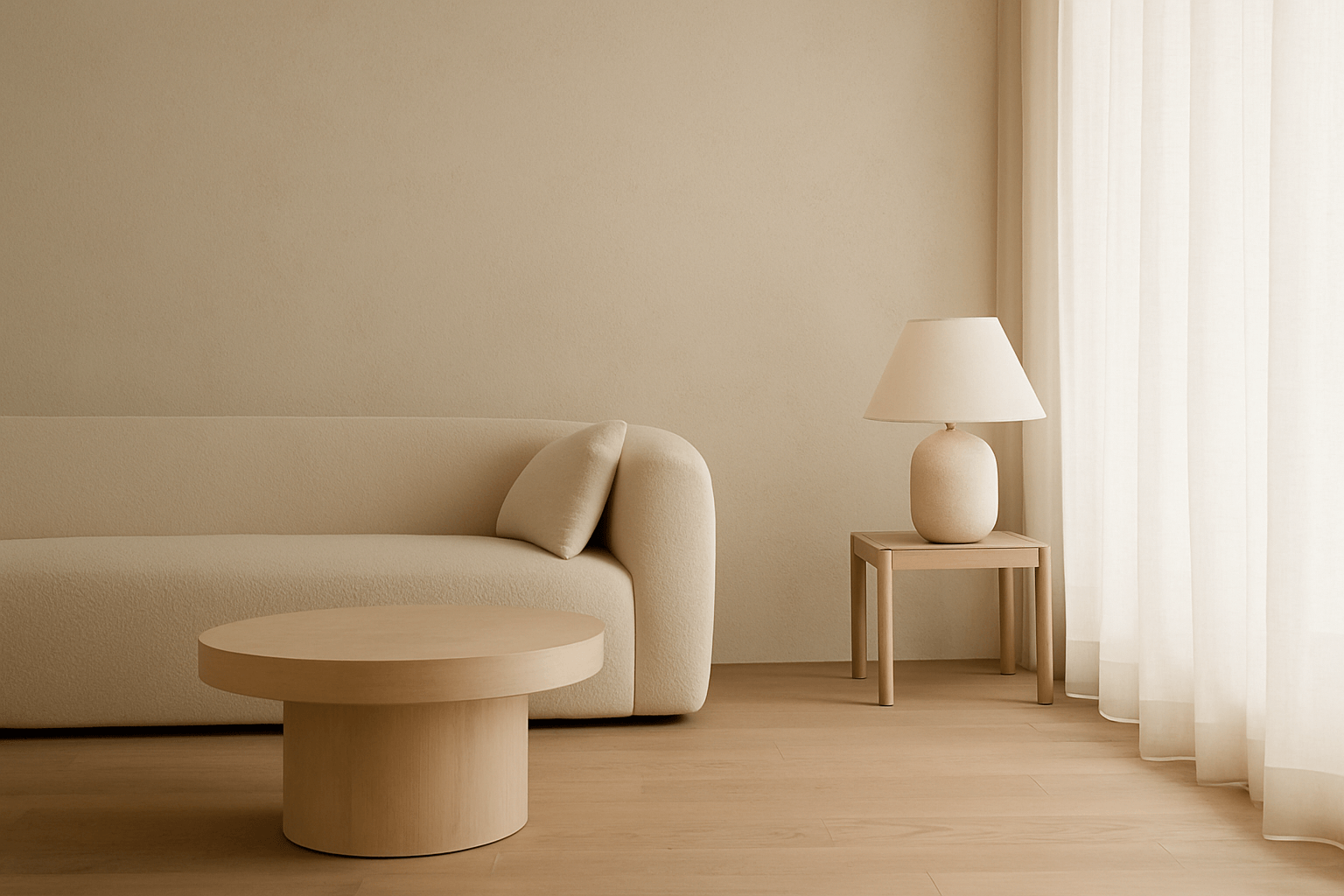Restraint Isn't Restriction—It's Clarity
In minimalist interiors, restraint isn’t about denying beauty. It’s about choosing it with purpose. It’s the quiet discipline of knowing when enough is enough—when less begins to mean more.
And in that space of less, something unexpected happens: you begin to feel more.
How Restraint Shapes Emotion
When we let go of excess, distraction fades. The home becomes clearer, softer, more emotionally present. You notice texture. You feel warmth in light. You connect with the weight of an object or the openness of a corner.
Restraint creates room for:
-
Stillness
-
Awareness
-
Emotional pause
-
Visual breath
It’s not about minimalism as a style—it’s about space as an experience.
Designing With Restraint in Practice
1. Choose One Gesture Per Space
One sculptural lamp. One oversized art piece. One carefully placed chair. Let that piece carry the mood—then let the rest support it.
2. Use Silence as a Design Element
Leave parts of the room open. A blank wall, a quiet shelf. Not everything needs to be filled to feel complete.
3. Let Materials Speak
Stone, paper, linen, wood—these don’t need embellishment. When used sparingly, their honesty becomes emotional.
4. Pause Before Adding
Ask: Does this add clarity or just fill space? Restraint is often about what we don’t place, not what we do.
5. Think in Mood, Not Objects
Design for how you want the room to feel: grounded, light, warm, expansive. Let that guide your decisions more than trends.
What Restraint Feels Like
-
A single cup on a table
-
Light falling on a bare floor
-
A wall left blank so the air can move
-
A chair that invites pause instead of performance
Restraint gives meaning to the few. It allows space to speak.
Final Thoughts
Minimalism is not emptiness. It’s intentional emotion. It’s design that doesn’t ask for attention—but gives it back to you.
Through restraint, your home becomes more than visual—it becomes a feeling.
















